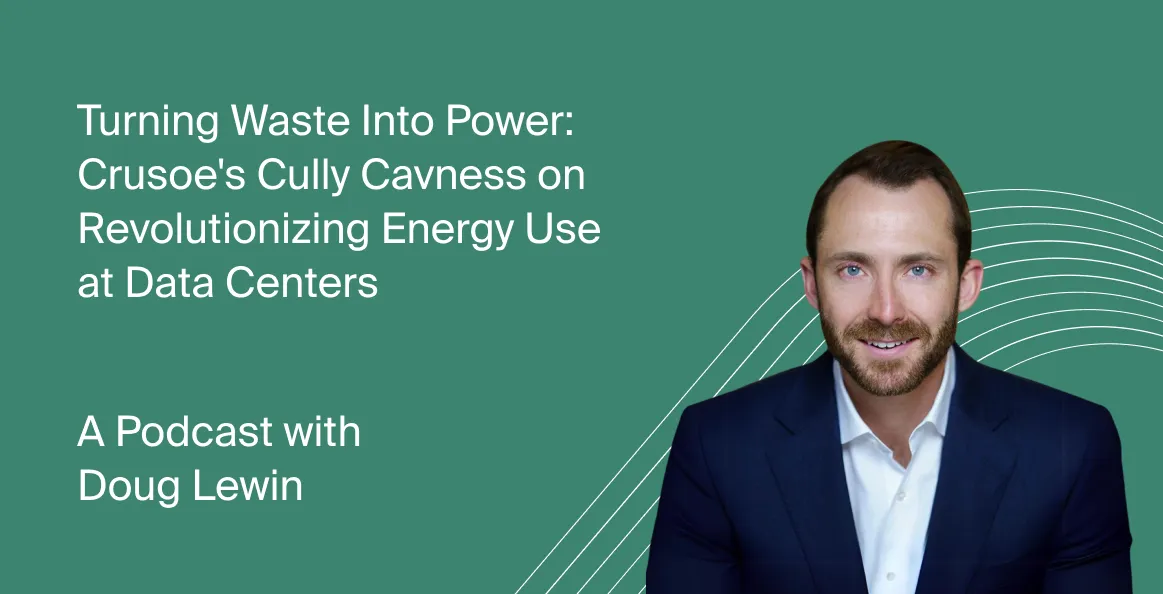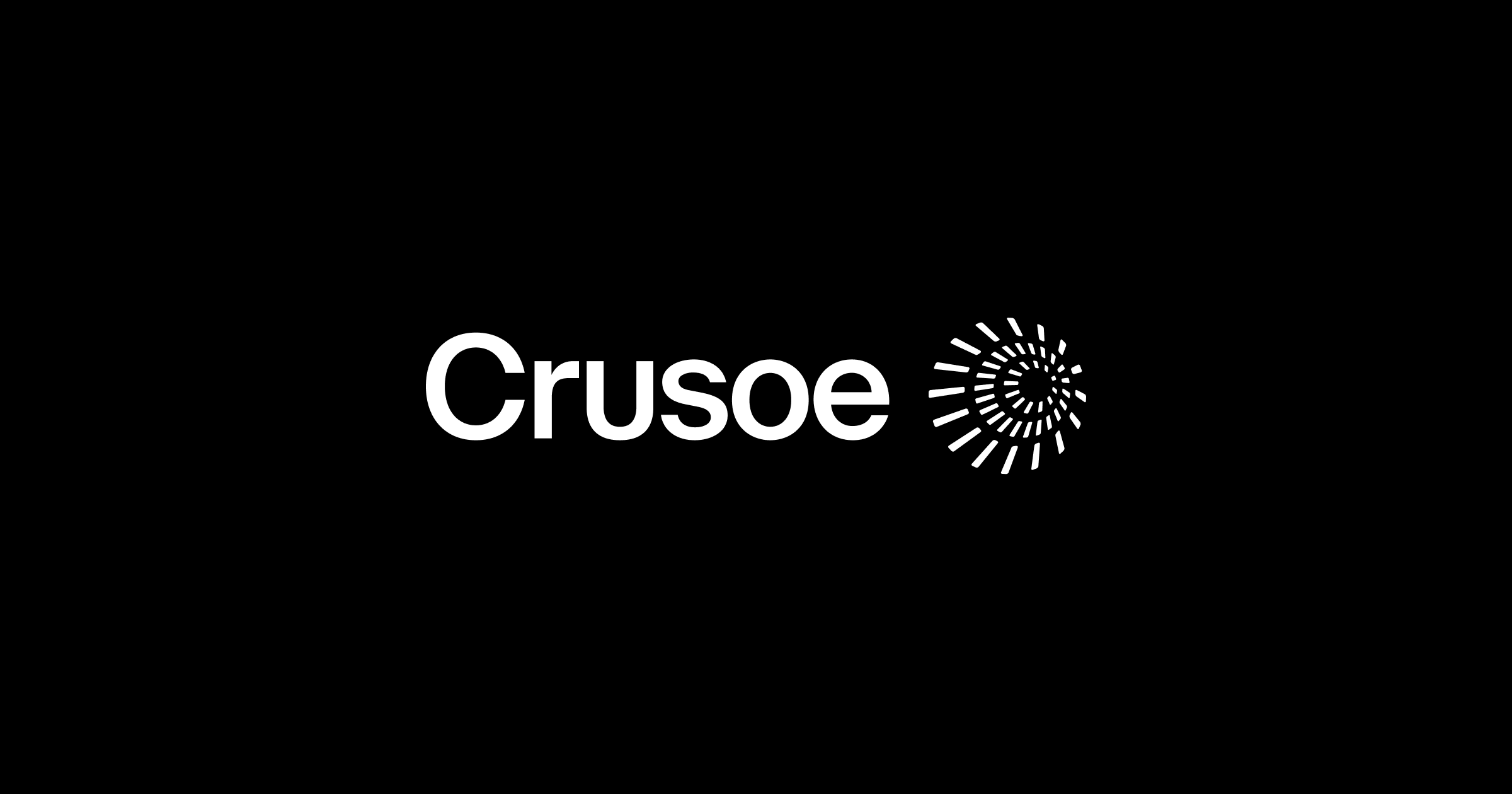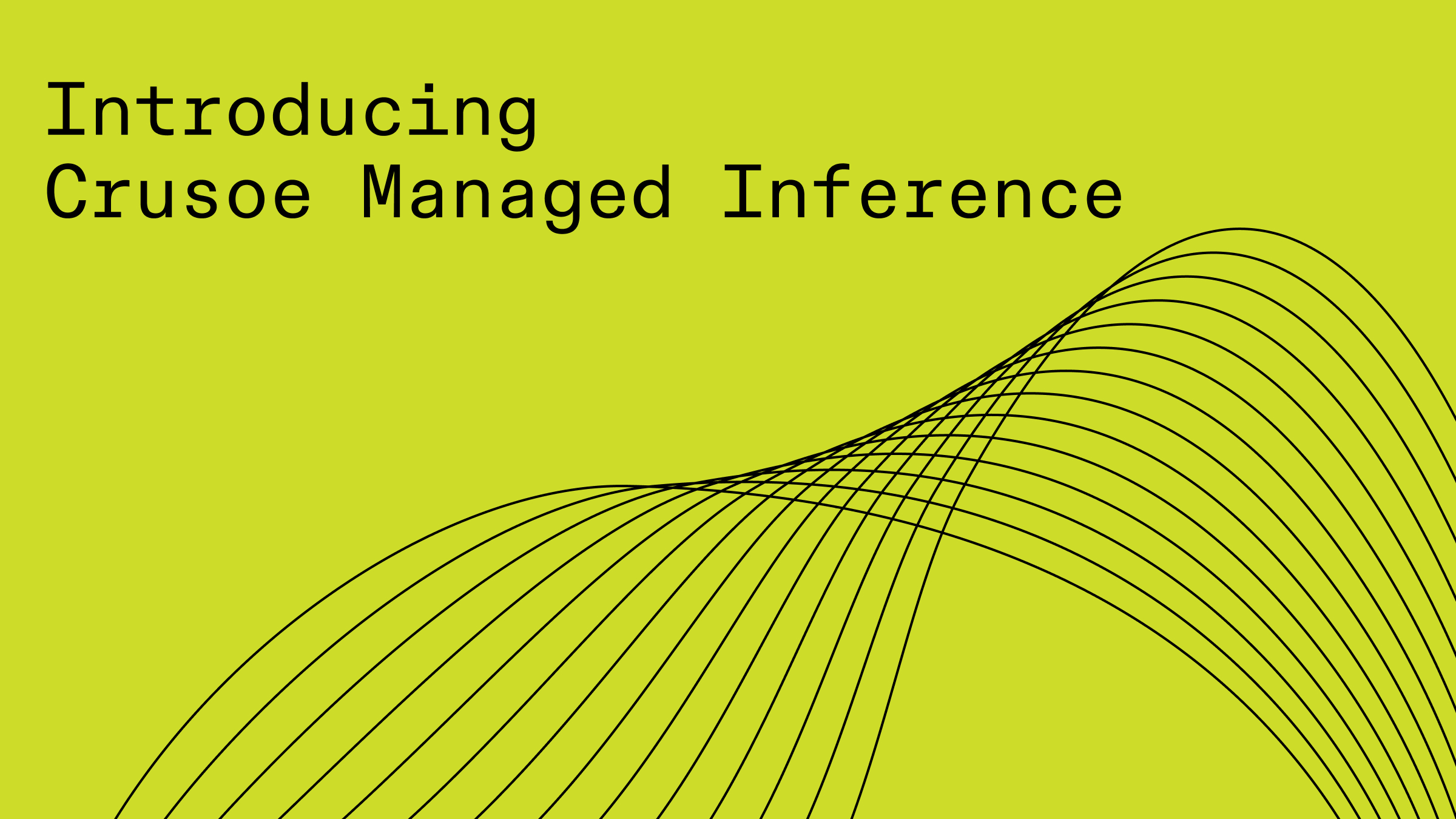Turning waste into power: Crusoe's Cully Cavness on revolutionizing energy use at data centers
Cully Cavness shares insights on Crusoe's innovative solution to rising data center demand, methane flaring, stranded renewables, the role of technology in the energy transition, and much more

By Doug Lewin
For the Podcast, view link here: https://www.douglewin.com/p/turning-waste-into-power-crusoes
In April, ERCOT's Regional Planning Group published projections that ERCOT's electricity demand may double by 2030 compared to 2021. Initially anticipating a peak demand of about 90 gigawatts by the end of the decade, ERCOT now expects a staggering 152 gigawatts, up from approximately 75 gigawatts at the beginning of the decade. This would mark the largest growth rate in the decade since the post-World War II era. There are many factors driving the surge, but one of the most significant is the rise of Bitcoin mining and AI data centers. The size and speed and scale of AI data center growth that has emerged over the last year has been surprising to say the least, even to close industry observers.
However, one company foresaw this trend and built its business model around addressing data center energy needs. That company is Crusoe and on today’s episode I had the pleasure of speaking with Cully Cavness, Crusoe’s co-founder, President, and Chief Operating Officer. He has a robust background in energy and, along with Chase Lochmiller, founded Crusoe in 2018.
What sets Crusoe apart is their innovative approach to siting and powering data centers. They locate them near oil and gas drilling operations that have a lot of venting and flaring of methane gas. They also site data centers near constrained renewable developments. This means that they are using energy or power that would otherwise be merely wasted and instead converting it into useful electricity to power data centers. With the example of flaring and venting, this can reduce emissions by as much as 70%.
I talked about all of this with Cully and more, including how data centers could be flexible loads, the efficiency of AI chips, reducing emissions through methane flaring. It was a fascinating conversation and I hope you enjoy it.
Timestamps
2:47 - About Cully and Crusoe
8:47 - Crusoe digital flare mitigation (DFM) strategy and how they are reducing emissions
14:54 - Crusoe’s digital renewables optimization (DRO), negative pricing, and how Crusoe is managing stranded wind power
20:46 - Expected and current loads and load growth from data centers
27:45 - Flexibility of data center demand and AI; training vs. inference functions in AI
37:36 - Opportunities for greater efficiencies in AI chips
40:34 - Trends in carbon accounting; location matching
42:52 - Tally’s Law and the Energy Transition
49:22 - Cully’s thoughts on needed policy/regulation changes for the energy transition


